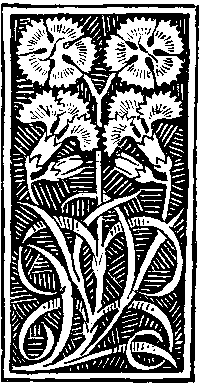A Map of Tennysonian Misreading:
Postmodern (Re)visions
Keywords:
adaptation, brand name, intersemiotic translation, misreading, neo-Victorian, postmodernity, rewriting, Alfred Tennyson, VictorianAbstract
From the time of his submission of a poem for a literary prize as an adolescent, Tennyson conceived poetry in ‘prophetic’ terms, and ‘Timbuctoo’ (1829) engaged him in constructing his role as poetic voice in (and for) the present and in (and for) the future. In this sense, Ulysses’s sentence “I am become a name” in the eponymous poem is paradigmatic of Tennyson’s approach to his envisaged poetic afterlife. As a writer of poetry, a representative of Victorian thought and a ‘brand name’ in nineteenth-century literary and cultural market, Tennyson has been constantly subject to adaptations, revisions and intersemiotic translations. Using Harold Bloom’s ideas on the inevitability of “misreading” as a driving force in the reception and successive re-creation of poetry, this analysis will try and retrace a ‘map’ of Tennysonian rewritings with particular reference to ‘Tithonus’ (1860), ‘The Lady of Shalott’ (1842), ‘The Charge of the Light Brigade’ (1854) and In Memoriam (1850) in a wide range of heterogeneous texts, including nostalgic fictional biographies, war movies, science-fiction and fantasy TV serials, teen-ager novels, pop and heavy metal music, crime novels, and experimental postmodern fictions.


